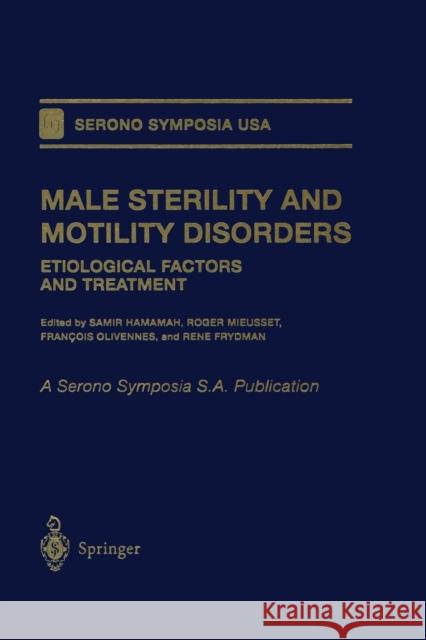Male Sterility and Motility Disorders: Etiological Factors and Treatment » książka
Male Sterility and Motility Disorders: Etiological Factors and Treatment
ISBN-13: 9781461271772 / Angielski / Miękka / 2012 / 320 str.
This conference, dedicated to the etiology and treatment of motility disor- ders in spermatozoa and male sterility, attracted some of the finest investiga- tors in the field. Standards were immensely high throughout, and discussions were meaningful and detailed. Analyses on disorders in sperm motility de- mand a broad-based approach, involving cytologists, geneticists, andrologists, and embryologists, because the topic has many clinical and scientific over- tones. Human spermatozoa are at the mercy of so many factors as they form and mature in the testis and epididymis. Their survival and fundamental char- acteristics are essential for fertilization, and the male genome imposes its influence on the embryo as it becomes active in male pronuclei very soon after sperm entry into the oocyte. All of these fundamental aspects of sperm biology demanded a broad breadth of topics in the symposium. The opening session quickly got down to fundamentals with contributions from J.-L. Gatti, J.G. Alvarez, C. Gagnon, and H. Breitbart. They discussed the mechanism and regulation of motility, the metabolic strategy of human spermatozoa, the effects of exogenous fac- tors such as antibodies, infections, and toxins, and finally the role of intracel- lular calcium on sperm motility. To these topics, the postcoffee session on the first morning described the genetics of motility disorders and the etiology and management of necrozoospermia. The excellent presentation provided the background detail of the symposium and opened the way for the discus- sion of various clinical aspects of the topic.











